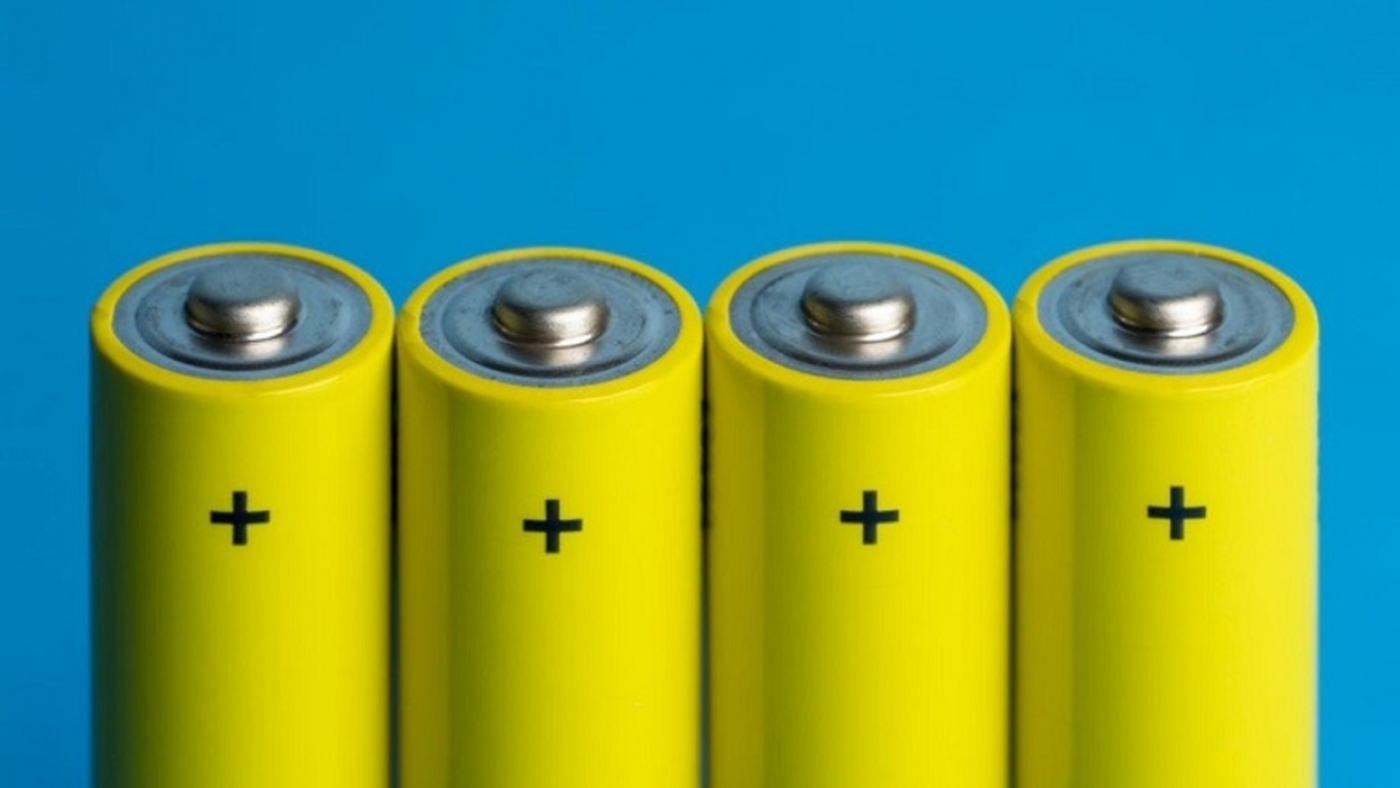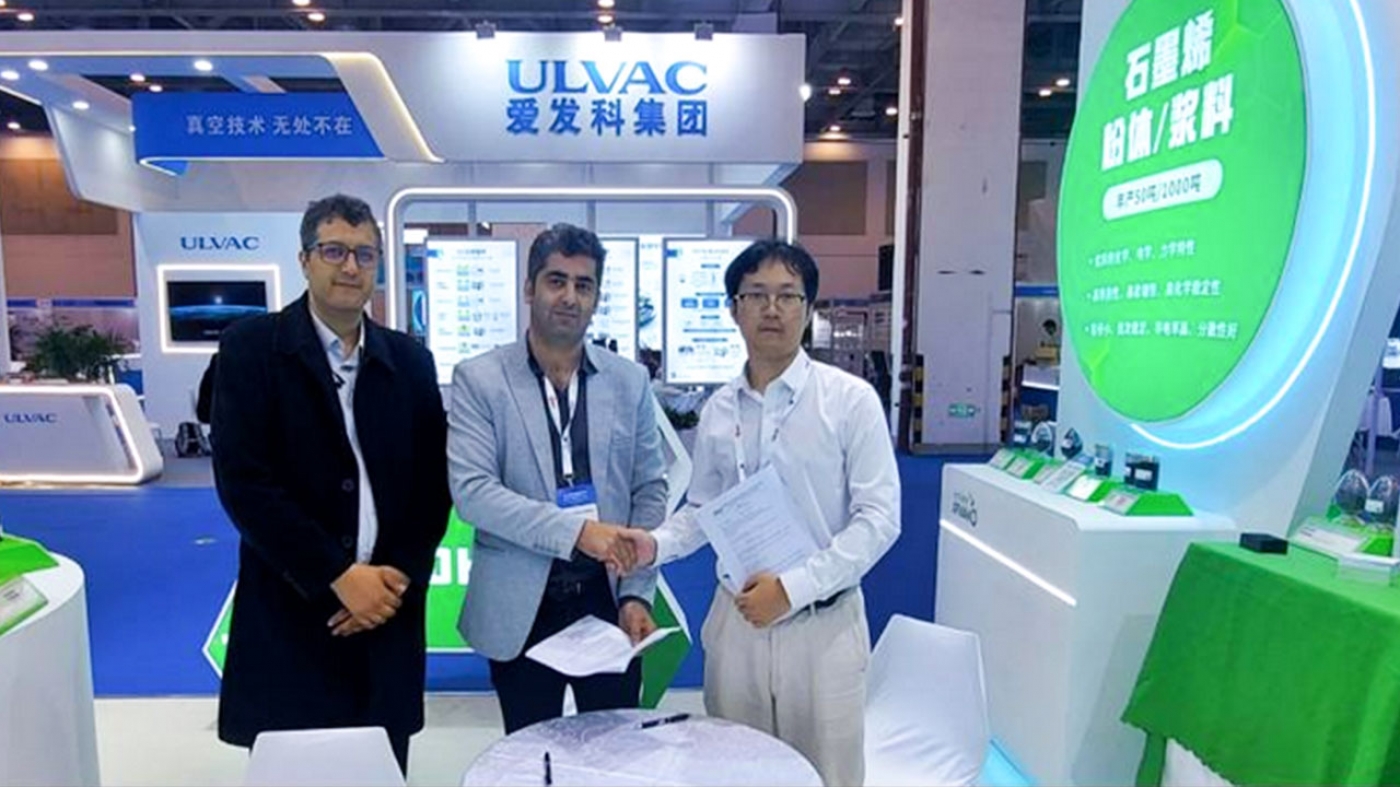
Sodium-ion batteries could offer enhanced energy efficiency, rapid charging capabilities, resilience to extreme temperatures, and safeguards against overheating or thermal runaway incidents. They exhibit reduced toxicity due to their lack of reliance on lithium, cobalt, copper, or nickel, which have the potential to emit environmentally harmful gases in the event of fire, according to a recent official release.
These batteries also exhibit a high degree of adaptability across various applications and show resistance to elevated temperatures and humidity levels. But, a significant drawback pertains to their energy density, which refers to the quantity of energy stored relative to the volume of the battery.
The density of sodium batteries remains relatively low, ranging from 140 Wh/Kg to 160 Wh/kg, in contrast to the higher density of lithium-ion batteries, which typically falls within the range of 180 Wh/Kg to 250 Wh/Kg. The team set out to address this, with the new composite material.
Read the original article on Graphene-Info.




